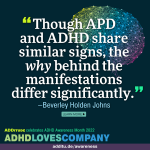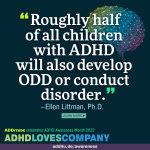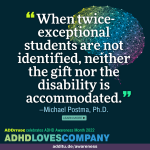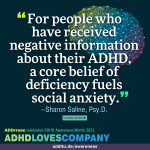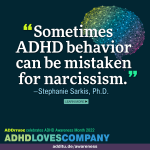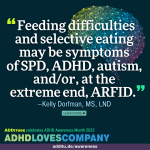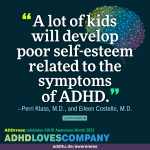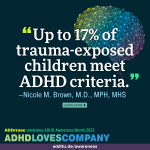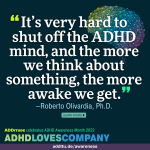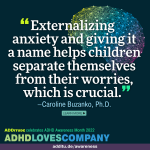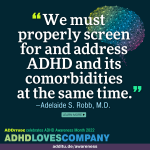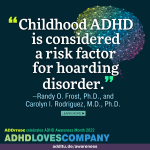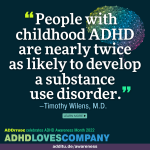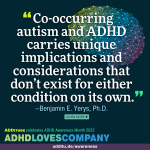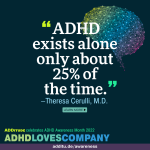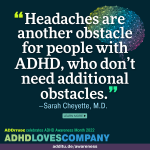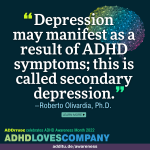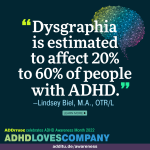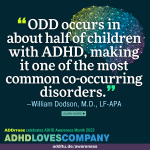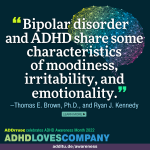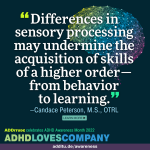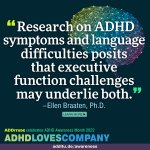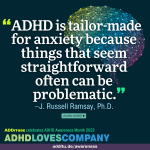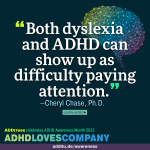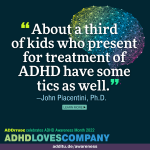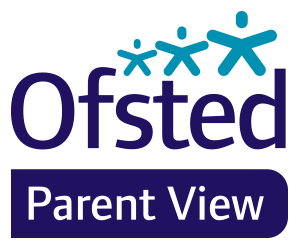It’s tempting to characterise ADHD as a collection of disparate symptoms that can be compartmentalised, strategised, and treated to mitigate their impact on school or work. A lot is written about impulsiveness, distractibility, time blindness, poor organisation skills, social blunders, and so on. But ADHD is more than the sum of its parts. It is a whole-life, whole-body experience, a 24/7 companion that impacts every aspect of our being. To be clear, that impact is in manly positive, but it requires a change in mindset, environment and support.
Why is ADHD Awareness Month important? Among other things, it gives us the chance to shout from the mountaintops that ADHD is real and that people with ADHD — of all ages, genders, races, and backgrounds — are not broken or defective. They are incredible and inspiring humans living in a sometimes broken and often unappreciative world that would be so much better off celebrating (not shaming) their differences.
All about ADHD for Families ADHD-Activity-Book ADHD and Autism Leaflet
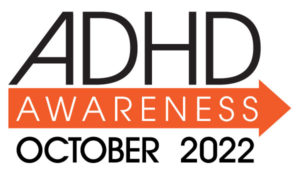
In honor of ADHD Awareness Month, we are sharing with you a collection of fantastic resources and information to help you further your understanding and hopefully spark some new questions or ideas.
All about ADHD
Understanding ADHD is as difficult as explaining it due to the unique factors and presentations we recognise. As a school community, we value diversity and this is just one of the ways we can recognise and celebrate our differences.
Attention Deficit Hyperactivity Disorder (ADHD) is a neurodevelopmental condition that affects executive functioning and can manifest through experience of impulsivity, hyperactivity, distractedness, and difficulty following instructions and completing tasks.
Since 1994, experts have used the term “Attention-Deficit/Hyperactivity Disorder” to refer to neurodivergence that affects attention and concentration. However, some people do not experience hyperactivity and associated traits such as lower risk aversion or impulsivity.
The name “Attention-Deficit/Hyperactivity Disorder” includes the forward-slash (/) between Attention-Deficit and Hyperactivity. This means that people diagnosed with ADHD could have either or both presentations (inattentive or hyperactive-impulsive). The presentations are:
- Attention-deficit/hyperactivity: combined presentation
- Attention-deficit/hyperactivity: predominantly inattentive presentation
- Attention-deficit/hyperactivity: predominantly hyperactive-impulsive presentation
Those with this neurodivergence can bring energy and new approaches to the work environment. Unlike other neurodivergent conditions, the strengths of people with ADHD are usually a result of their ‘hard wiring’ and not developed through challenges they face. For example, people with ADHD can have strengths of “hyperfocus” and “hyperactivity.”
Activity book for children with ADHD
 Loading...
Loading...
Parenting a child with ADHD
 Loading...
Loading...
ADHD and Coexisting conditions
True, practical ADHD understanding comes only with the acknowledgement and study of ADHD’s coexsisting conditions — the diagnoses that most often accompany ADHD. This ADHD Awareness Month, ADDitude is promoting the concept of “Complex ADHD” with a cross-platform learning initiative called “ADHD Loves Company.”
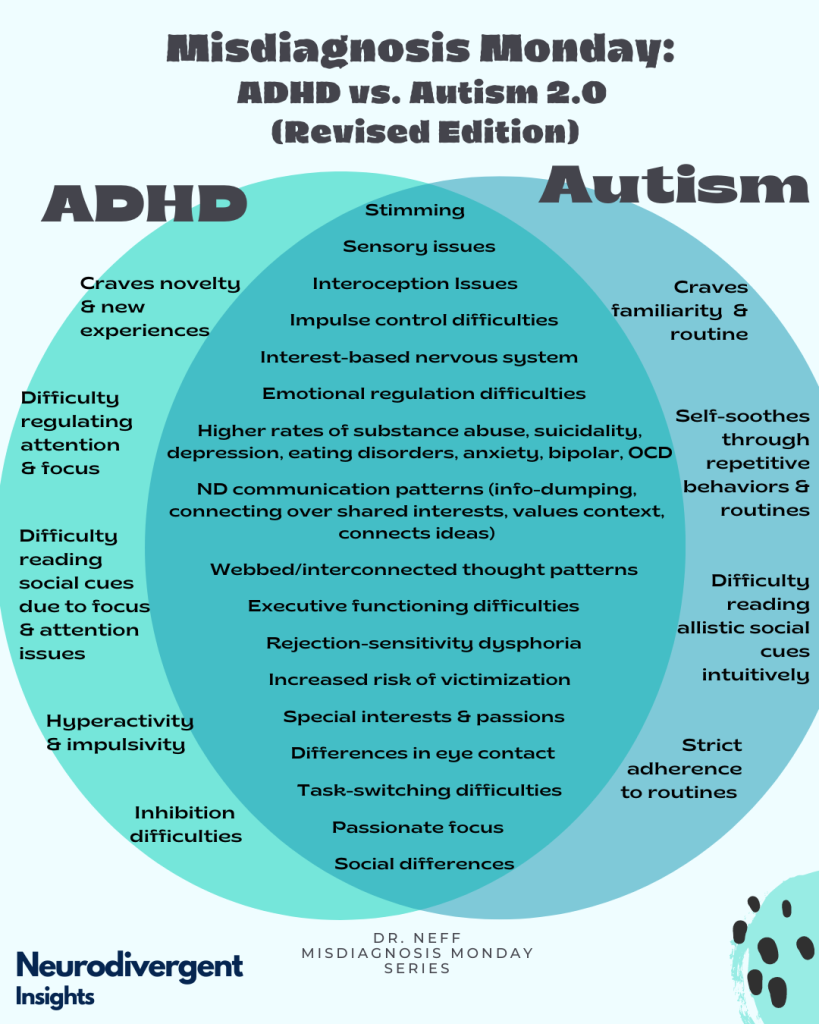
 Loading...
Loading...
Of adults with ADHD, 72 percent have anxiety, and 70 percent report depression, according to a recent ADDitude survey of 1,500 readers. These are the two most common coexsisting conditions diagnosed alongside ADHD. Also topping the list: sleep disorders, eating disorders, learning differences, and autism spectrum disorder, all of which also impact children with ADHD.
“I have ADHD and comorbid conditions of anxiety, depression, and disordered eating,” wrote one ADDitude survey respondent. “The symptoms from each condition overlap and shift daily (or hourly). Sometimes I hyperfocus and forget to eat. Then I get anxious about not eating, which leads to my blood sugar decreasing. Then I feel depressed.”
In its ‘ADHD Loves Company’ learning initiative this October, ADDitude will use its web site, social media accounts, and newsletters to increase awareness around the following coexisting conditions affecting individuals with ADHD:
- Anxiety (72% of adults with ADHD; 63% of children)
- Depression (70% of adults with ADHD; 38% of children)
- Learning disabilities (12% of adults with ADHD; 22% of children)
- Sleep disorders (18% of adults with ADHD; 8% of children)
- Sensory processing disorder (6% of adults with ADHD; 14% of children)
- Autism spectrum disorder (9% of adults with ADHD; 13% of children)
- OCD (10% of adults with ADHD; 8% of children)
- Oppositional defiant disorder (10% of children with ADHD)
- Bipolar disorder (6% of adults with ADHD; 3% of children)
- And other conditions like Tourette syndrome, PTSD, and body-focused repetitive disorder
https://www.additudemag.com/tag/adhd-awareness/
Celebrate ADHD Awareness Month with this resource center featuring leading experts, new research, and better understanding of attention deficit hyperactivity disorder.
Read about ADHD experiences
The theme for this year’s ADHD Awareness Month is “Understanding a shared experience of ADHD.” In that spirit, here are first-hand experiences from ADHDers—young and old, men, women, and children—that explore the diversity and perspectives of those diagnosed with the disorder.
